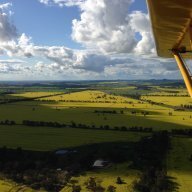-
Posts
1,029 -
Joined
-
Last visited
-
Days Won
13

Roundsounds replied to bull's topic in AUS/NZ General Discussion

Roundsounds replied to Jabiru7252's topic in AUS/NZ General Discussion

Roundsounds replied to Admin's topic in Commercial Discussions

Roundsounds replied to Admin's topic in Commercial Discussions

Roundsounds replied to Admin's topic in Commercial Discussions

Roundsounds replied to Downunder's topic in Aircraft General Discussion

Roundsounds replied to Downunder's topic in Aircraft General Discussion

Roundsounds replied to Downunder's topic in Aircraft General Discussion

Roundsounds replied to Downunder's topic in Aircraft General Discussion

Roundsounds replied to Roundsounds's topic in AUS/NZ General Discussion

Roundsounds replied to Downunder's topic in Aircraft General Discussion

Roundsounds replied to Roundsounds's topic in AUS/NZ General Discussion

Roundsounds replied to Roundsounds's topic in AUS/NZ General Discussion

Roundsounds replied to CanMan's topic in Just Landed - Welcome

Roundsounds replied to Roundsounds's topic in AUS/NZ General Discussion

